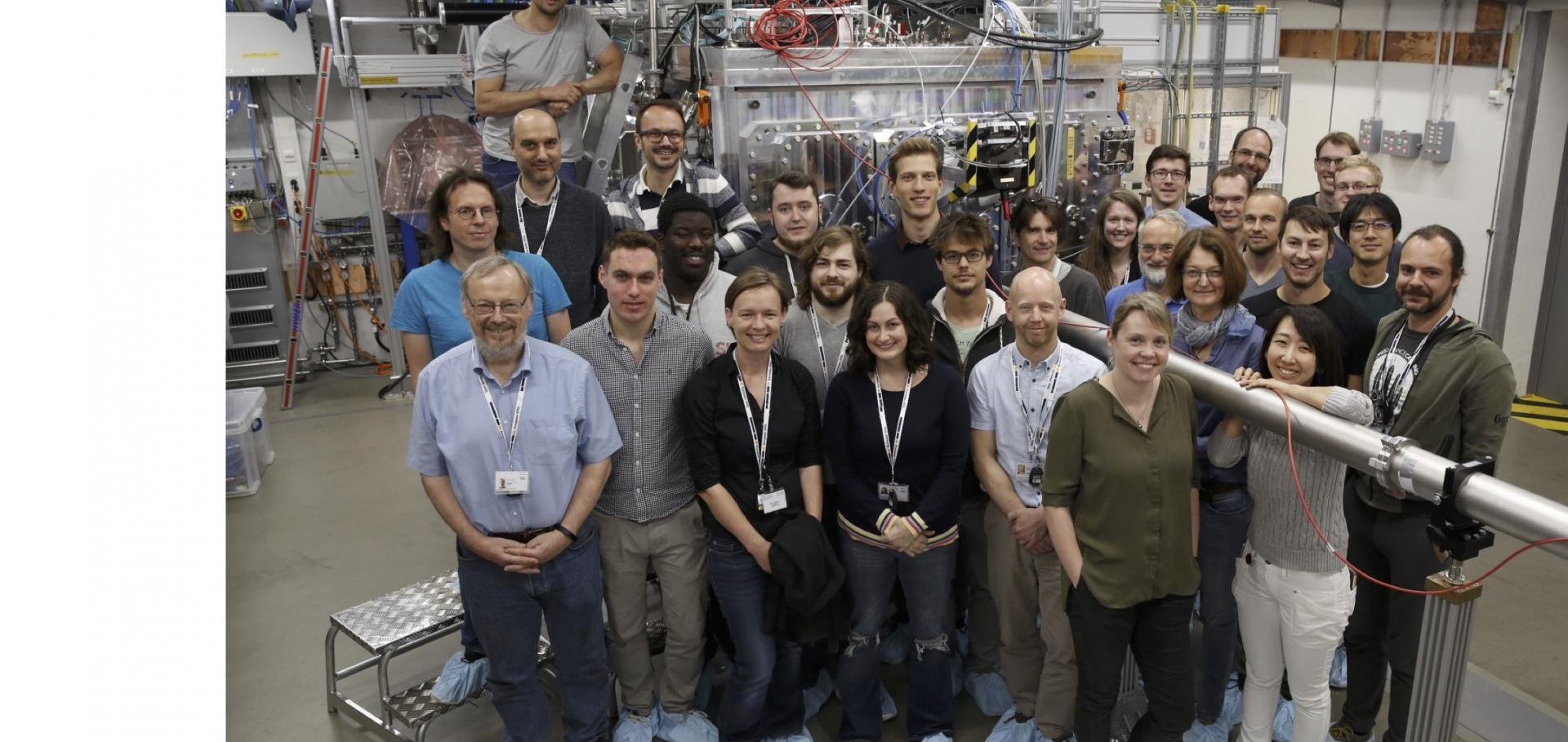High-resolution inelastic x-ray scattering at the high energy density scientific instrument at the European X-Ray Free-Electron Laser (vol 92, 013101, 2021)
REVIEW OF SCIENTIFIC INSTRUMENTS 92:3 (2021) 39901
Kinematics of slip-induced rotation for uniaxial shock or ramp compression
Journal of Applied Physics AIP Publishing 129:8 (2021) 085109
Abstract:
When a metallic specimen is plastically deformed, its underlying crystal structure must often rotate in order to comply with its macroscopic boundary conditions. There is growing interest within the dynamic compression community in exploiting x-ray diffraction measurements of lattice rotation to infer which combinations of plasticity mechanisms are operative in uniaxially shock- or ramp-compressed crystals, thus informing materials science at the greatest extremes of pressure and strain rate. However, it is not widely appreciated that several of the existing models linking rotation to slip activity are fundamentally inapplicable to a planar compression scenario. We present molecular dynamics simulations of single crystals suffering true uniaxial strain, and show that the Schmid and Taylor analyses used in traditional materials science fail to predict the ensuing lattice rotation. We propose a simple alternative framework based on the elastoplastic decomposition that successfully recovers the observed rotation for these single crystals, and can further be used to identify the operative slip systems and the amount of activity upon them in the idealized cases of single and double slip.Demonstration of geometric effects and resonant scattering in the x-ray spectra of high-energy-density plasmas
Physical Review Letters American Physical Society 126 (2021) 085001
Abstract:
In a plasma of sufficient size and density, photons emitted within the system have a probability of being re-absorbed and re-emitted multiple times - a phenomenon known in astrophysics as resonant scattering. This effect alters the ratio of optically-thick to optically thin lines, depending on the plasma geometry and viewing angle, and has significant implications for the spectra observed in a number of astrophysical scenarios, but has not previously been studied in a controlled laboratory plasma. We demonstrate the effect in the x-ray spectra emitted by cylindrical plasmas generated by high power laser irradiation, and the results confirm the geometrical interpretation of resonant scattering.Metastability of diamond ramp-compressed to 2TPa
Nature Nature 589:2021 (2021) 532-535
Abstract:
Carbon is the fourth-most prevalent element in the Universe and essential for all known life. In the elemental form it is found in multiple allotropes, including graphite, diamond and fullerenes, and it has long been predicted that even more structures can exist at pressures greater than those at Earth’s core1,2,3. Several phases have been predicted to exist in the multi-terapascal regime, which is important for accurate modelling of the interiors of carbon-rich exoplanets4,5. By compressing solid carbon to 2 terapascals (20 million atmospheres; more than five times the pressure at Earth’s core) using ramp-shaped laser pulses and simultaneously measuring nanosecond-duration time-resolved X-ray diffraction, we found that solid carbon retains the diamond structure far beyond its regime of predicted stability. The results confirm predictions that the strength of the tetrahedral molecular orbital bonds in diamond persists under enormous pressure, resulting in large energy barriers that hinder conversion to more-stable high-pressure allotropes1,2, just as graphite formation from metastable diamond is kinetically hindered at atmospheric pressure. This work nearly doubles the highest pressure at which X-ray diffraction has been recorded on any material.High-resolution inelastic x-ray scattering at the high energy density scientific instrument at the European X-Ray Free-Electron Laser
Review of Scientific Instruments American Institute of Physics 92:1 (2021) 013101


